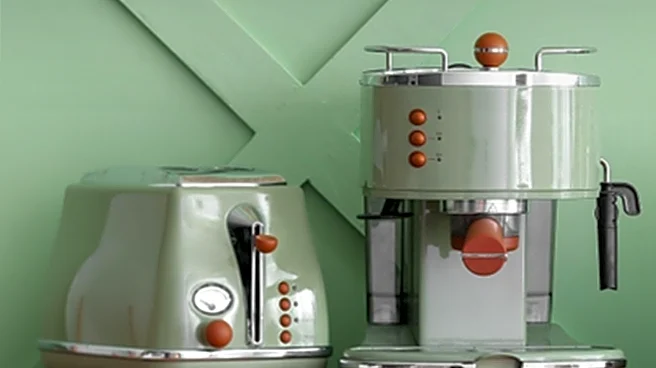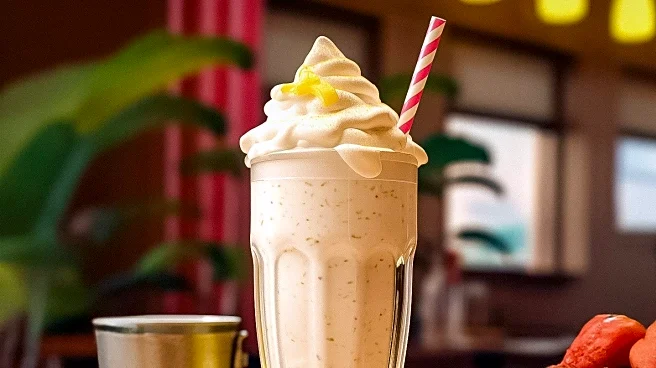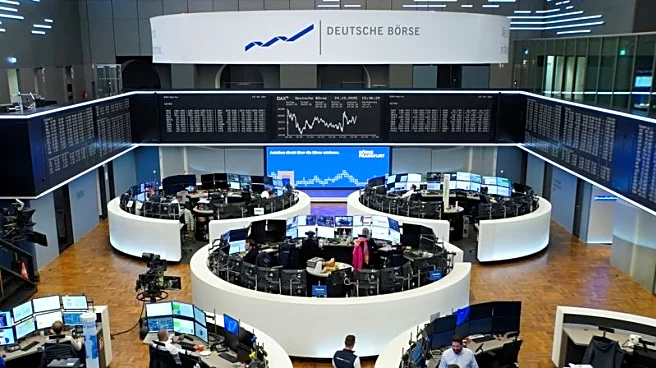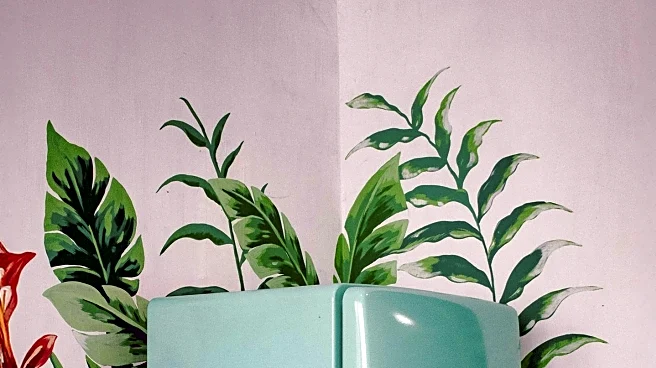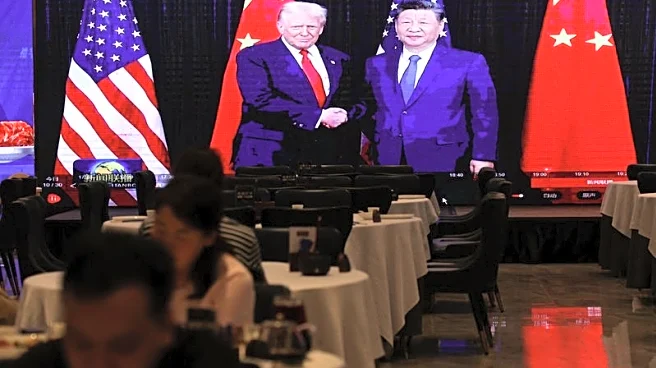What's Happening?
Costco has emerged as a surprising source for vintage-inspired homeware, offering a range of products that evoke nostalgia and classic design. The retailer's home section, available both in-store and online, features items such as fluted mugs, tinted
glass bowls, and antique-style rugs. These products are designed to appeal to those who appreciate vintage decor but prefer the convenience of modern shopping. Costco's collection includes pieces that reflect various historical styles, from mid-century elegance to classic European influences. The retailer even dedicates a section of its website to vintage decor, making it easier for customers to find items that fit their aesthetic preferences. This approach allows shoppers to incorporate elements of vintage maximalism into their homes without the need to search through thrift shops or antique stores.
Why It's Important?
The availability of vintage-inspired homeware at Costco highlights a growing trend among consumers who seek to blend nostalgia with modern convenience. This trend reflects a broader cultural interest in retro aesthetics, which can be seen across various industries, including fashion and interior design. By offering these products, Costco taps into a market of consumers who value the charm and character of vintage items but may not have the time or resources to source authentic pieces. This strategy not only broadens Costco's customer base but also positions the retailer as a versatile shopping destination that caters to diverse tastes. Additionally, the affordability of these items compared to genuine vintage pieces makes them accessible to a wider audience, potentially increasing sales and customer loyalty.
What's Next?
As the demand for vintage-inspired homeware continues to grow, other retailers may follow Costco's lead by expanding their own offerings in this category. This could lead to increased competition in the market, prompting companies to innovate and diversify their product lines to attract consumers. Additionally, the trend may influence manufacturers to produce more items that mimic the design and quality of vintage goods, further blurring the lines between old and new. For consumers, this means more options and potentially better prices as retailers vie for their attention. The continued popularity of vintage aesthetics may also inspire collaborations between retailers and designers to create exclusive collections that appeal to niche markets.
